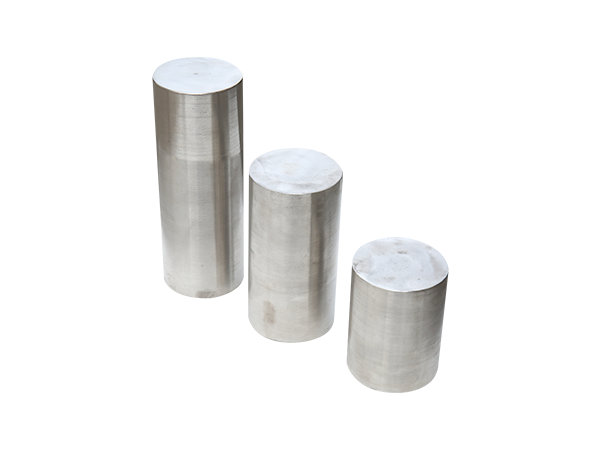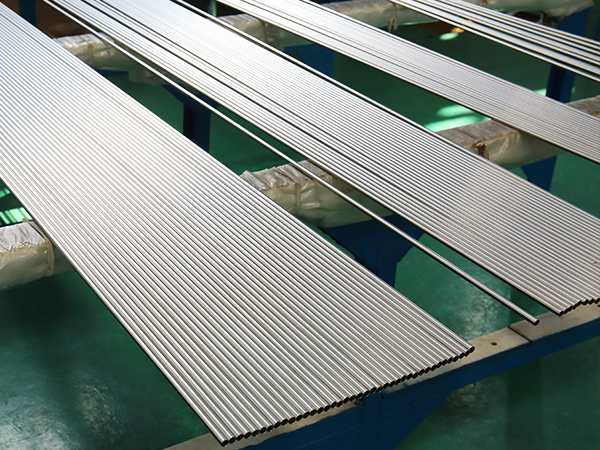Recently, at the 57th Japan Battery Conference, Huawei's Central Research Institute Watt Lab announced a major research breakthrough in the field of lithium-ion batteries, will introduce the industry's first high-temperature long-life graphene-based lithium-ion battery. This battery is based on graphene-based high temperature technology, which increases the upper limit of lithium ion temperature by 10 °C. The Nanfang Daily reporter learned that this high-temperature long-life graphene-based lithium-ion battery is a standby power source for the base station. Strictly speaking, it uses graphite to dissipate heat, and it is not a graphene battery. This research will bring innovation to the energy storage business of communication base stations, which can be used for drones and electric vehicles. However, the information released by Huawei does not mention that the technology has been applied to mobile phones. Liu Jianhong, chairman of the Shenzhen Chemical and Chemical Society and a professor at the School of Chemistry and Environmental Engineering at Shenzhen University, said that cutting-edge scientific research leads the direction of the industry, but there is still a long way to go before material research can be used for a decade. Graphene is only used as a heat sink material What is graphene? Graphene, known as the king of new materials, is the world's thinnest and most conductive material, with only one atomic thickness, and is considered to be expected to change the entire technology industry. In 2004, two professors at the University of Manchester in the UK successfully separated graphene from graphite and won the 2010 Nobel Prize in Physics. Huawei announced last year that it has cooperated with the University of Manchester to study the application of graphene to jointly develop the next generation of high-performance technology in the ICT field. The Nanfang Daily reporter learned that the project cooperation between Huawei and Manchester University was initially set at two years and will study how to apply breakthrough results in the field of graphene to consumer electronics and mobile communication equipment. According to the video released by Huawei WeChat public account, the high-temperature lithium-ion electronic battery based on this technology uses the upper limit temperature to increase by 10 °C, and the service life is increased to twice that of high-temperature lithium battery. Even in parts of Africa, the Middle East and Southeast Asia where the climate is hot and power outages are frequent, the service life can reach more than 4 years. This technological breakthrough can also be widely applied to drones, allowing drones to complete exploration operations and safe flight under exposure. The technology can also be used in electric vehicles, and the electric vehicle can last for a long time and freely accelerate in a high temperature environment. However, this high-temperature lithium-ion battery has not been applied to mobile phones for the time being. According to Dr. Li Yangxing, chief scientist of Huawei Watt Lab, the breakthrough of graphene-based high-temperature lithium-ion battery technology mainly comes from three aspects: adding special additives to the electrolyte to remove trace water and avoiding pyrolysis of the electrolyte; The modified large single crystal ternary material improves the thermal stability of the material; the new material graphene can realize efficient heat dissipation between the lithium ion battery and the environment. From Li Yangxing's explanation, the technical breakthroughs in all three aspects are to improve the stability and safety of the battery at high temperatures. This battery is still a lithium-ion battery, and graphene is only used as a heat-dissipating material. According to Huawei's official statement: "This research will bring innovation to the energy storage business of communication base stations. The use of the high-temperature lithium-ion battery in hot areas can last for more than 4 years. Graphene-based lithium-ion batteries are also It will help the electric vehicle to last for a long time in a high temperature environment and safe flight under the high temperature of the drone." Not heavily invested in industrial operations The "magic" of graphene is not limited to new batteries. Ren Zhengfei, the founder of Huawei, had talked about graphene many times in the media interview with Nanfang Daily in June 2014, and believed that "the graphene era will subvert the silicon era." In the future, if graphene replaces silicon, it is possible to completely change a large number of various applications, from smartphones to computer chips, etc., all of which will undergo revolutionary changes. As early as 2011, scientists at the IBM Watson Research Center announced in "Science" that they successfully developed the first integrated circuit made of graphene wafers, and the result was also rated as the world's ten in 2011. One of the big science news. Earlier this year, Shenzhen Huaxun Ark Technology announced that they successfully developed the world's first graphene terahertz chip. "However, the cost of the chip is very high, the cost of the lab is 200,000 US dollars, and it will not reach the mass production stage. We will continue to insist on research and development." Wu Guangsheng, founder of Huaxun Ark, told the reporter. In the field of batteries, graphene is a new type of negative electrode material for lithium batteries, and it is expected to solve the problem of storage capacity by supplying power to smart electronic devices and electric vehicles. “Some foreign R&D institutions claim to increase battery capacity by 5 times,†said Feng Guanping, founder of China Graphene Industry and president of Shenzhen Graphene Association. “Fever application is currently the first to achieve large-scale civilian use in graphene applications, such as smart heating clothes, smart warm stickers, smart physiotherapy protective gear, energy saving and environmental protection, etc.†Feng Guanping said, how to achieve civilian and industrialization of graphene It is a difficult problem in the industry, and it is the key to finding the application direction for this industry. Feng Guanping experts said that the graphene industry is now stuck in the application. In the market, the downstream industrial chain of graphene has not yet been formed, and it is still in the pre-patent layout period. The largest demand for graphene is only the major research institutes and laboratories, and there is not a large amount of graphene put into industrial operation. "The biggest crisis for graphene is that if large-scale applications cannot be found within three years, several companies that invest nearly 2 billion yuan will face bankruptcy," Feng Guanping said. The civil field has great potential for application According to the "China Made 2025" key area technology roadmap (2015 edition), the overall goal of China's graphene industry in the next decade is "the scale of 10 billion industries will be formed in 2020, and the overall industry scale will exceed 100 billion in 2025." The "Guangdong Province Industrial Enterprise Innovation Driven Development Work Plan (2016-2018)" clearly proposes to promote high-end new electronic information, biomedicine, semiconductor lighting (LED), new materials, new hardware and other industries to become a new pillar industry. In addition, Guangdong will create three major national manufacturing innovation centers around the major common needs of manufacturing, and new materials technology ranks among them. The reporter compared the strategic emerging industry solutions in Guangshen and other places and found that many industrial layouts are closely related to graphene, such as new materials, new energy, energy conservation and environmental protection, and new generation information technology. Once the graphene technology breaks out, it will drive a large number of advanced industries. The "Made in China 2025 Shenzhen Action Plan" has promoted the research and development and industrialization of new materials into key areas. The construction of public platforms for graphene application technology research and development has also been included in key projects. Along with the industrial boom caused by the advent of Huawei's high-temperature long-life graphene-based lithium-ion battery, the signing ceremony of the thermal conductivity graphene project investment agreement sponsored by Shenzhen Advanced Graphene Application Technology Research Institute was held recently. “Graphene has great potential in the fields of national defense and civil protection such as electronic information, new energy, aerospace, biomedicine, etc.†Deputy Secretary-General of the Shenzhen Municipal Government, Cai Wenzhao, said at the meeting that Shenzhen attaches great importance to new technologies including graphene. In the development of the material industry, in recent years, the basic research of graphene basic research, industrialization, personnel training and innovation carrier construction. The reporter learned that Shenzhen is still striving for the establishment of the National Graphene Innovation Center and is committed to the innovation and application of the graphene industry. In fact, the Pearl River Delta city represented by Shenzhen has a broad market for graphene applications, and has a good industrial base in many fields such as energy, new materials, electronic information, wearable devices, and electric vehicles. Nickel Base Corrosion Resistant Alloy
Nickel-based corrosion-resistant alloys generally refer to nickel-based metal materials with strong corrosion resistance. The corrosion-resistant alloys produced by Seonjip are mainly used in the fields of petrochemical, energy, marine and so on.
Inconel 625 Plate,Nickel Chrome Alloy,Nickel Chromium Alloy,Inconel 600 Round Bars Jiangsu Seonjip Technology Co.,Ltd. , https://www.seonjip.com

The next hot spot will be a graphene electric car?
